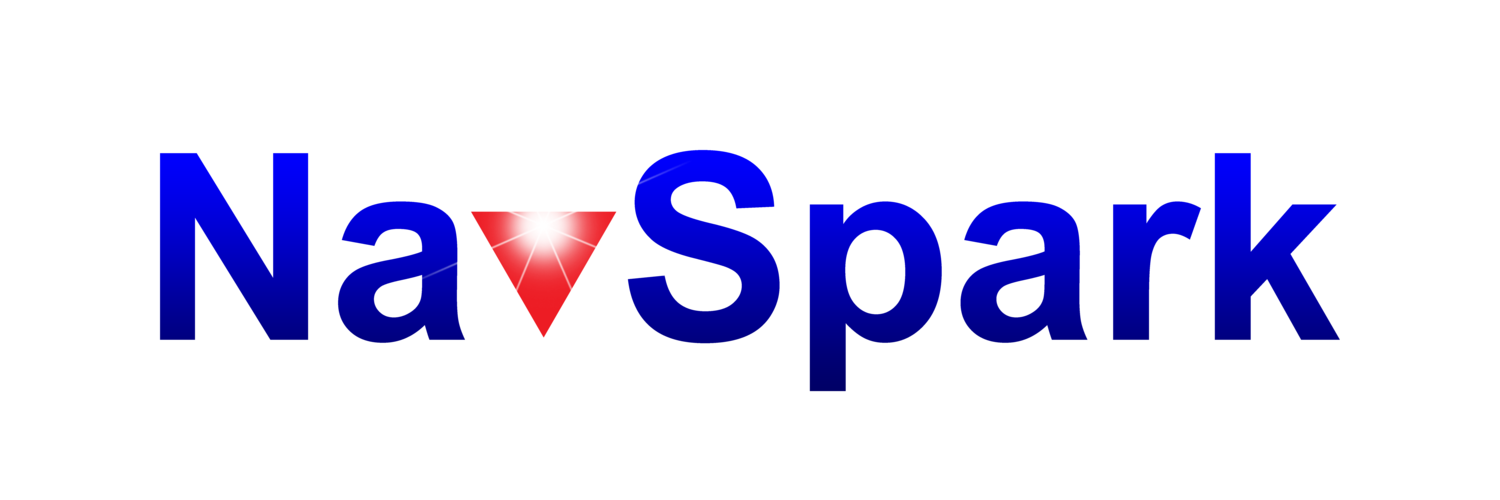Contents
NavSpark-mini
Posted by Oliver Huang on 8/14/2015
For promotion of our miniature 7mm x 7mm Venus828F GNSS receiver module, we are giving away a NavSpark-mini and a UART-to-USB interface board for free: Click here.
Why is Speed Noisy at Higher Update Rate?
Posted by Oliver Huang on 10/18/2014
SkyTraq's GPS/GNSS has fastest update rate in the low-cost consumer/industrial segment.
GPS modules has 50Hz maximum update rate.
NavSpark has 10Hz maximum update rate, reserving enough throughput for application development. Firmware at bottom of NavSpark product page on the web-store also supports 50Hz maximum update rate for NavSpark, 20Hz for NavSpark-BD and NavSpark-GL.
Often users want to use highest update rate regardless of application, and sometimes this gives unsatisfactory result. It's a misconception that highest update rate fits all applications; below link explains why. Hope it clarifies the concept and enables users to better choose update rate suitable for their application.
http://navspark.mybigcommerce.com/content/WhyIs50HzGPSSpeedNoisy.pdf
GPS Time and 1PPS Signal
Posted by Jason Lin on 6/6/2014
GPS mostly known for giving position. Less well known is it gives very accurate timing reference signal, in tens of nanosecond accuracy with respect to atomic clock or UTC time. For NavSpark, 1PPS signal is synchronized to roughly +/-20nsec 95% of the time. With position fix, time with zero fraction shown in NMEA sentence adding 1 second will match atomic clock or UTC time on integer second at next instant of 1PPS rising edge, accurate to +/-20nsec. GPS is very low-cost method to time synchronize electronic systems across globe.
Synchronized time is important in slot allocation of time-division multiple access wireless communication system, financial stock transaction, power grid,...etc.
Cesium atomic clock has very stable frequency of exactly 9,192,631,770Hz. Divided by 9,192,631,770 one gets very accurate periodically repeating one second, and from it maintain accurate minute, hour, date information. It’s trivial to synchronize newly built Cesium atomic clock to another atomic time reference standard when two are at same location. Afterwards it keeps synchronized time to nanosecond accuracy so long as power maintained when moving to distant deployment location.
Here is a incredible $6000 Cesium Atomic Wristwatch:
https://www.kickstarter.com/projects/846511652/the-worlds-first-true-atomic-wristwatch-the-cesium
Once battery dies out after shipped from initial calibration/synchronization at vendor's, wonder how users are to synchronize time to nanosecond accuracy, or will it be any more accurate than clock on my cellphone?
Hope you all feel pretty good, realizing your NavSpark offer pretty good absolute +/-20nsec timing accuracy compared to a $6000 Cesium Atomic Wristwatch! :-)
ADC input a little noisy, but works
Posted by John Beale on 6/1/2014
The user's manual has warnings that the one ADC input on NavSpark is untested and may not work at all. However there is an example program provided to test it. If you use the example program as-is, you will get poor quality output because it sets a high ADC clock (20 MHz). If you cut that down to 2 MHz, the output looks much better. My test program sums together four readings and prints the sum, so the maximum reading is 4*1023 = 4092 instead of 1023 as from a single reading. I am feeding the NavSpark ADC input from a slow 0 to 3.3V ramp generated by a 12-bit DAC (Teensy 3.1, which uses an ARM cpu, MK20DX256VLH7 Cortex-M4). The ramp is more-or-less steady but note there is no particular relationship between measurement interval (1 sec) and one ADC quantum (1 bit). In the ideal case the step size should be the same, in fact it has noise which goes up with voltage level; that may be a problem with my NS power supply voltage noise, which is just the USB +5V rail. The Teensy 3.1 was running off a battery. The graph shows four separate 0->3.3V ramps so you can see how it repeats. The horizontal axis is sample number (1 sample = 1 second).

